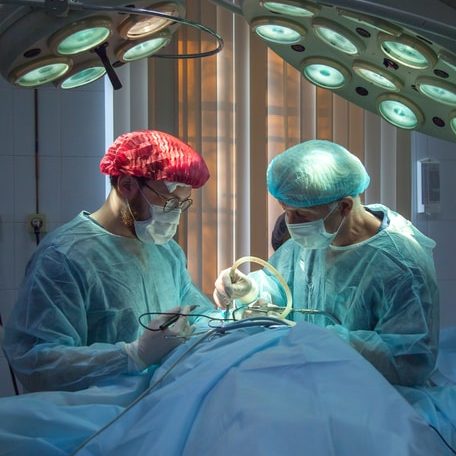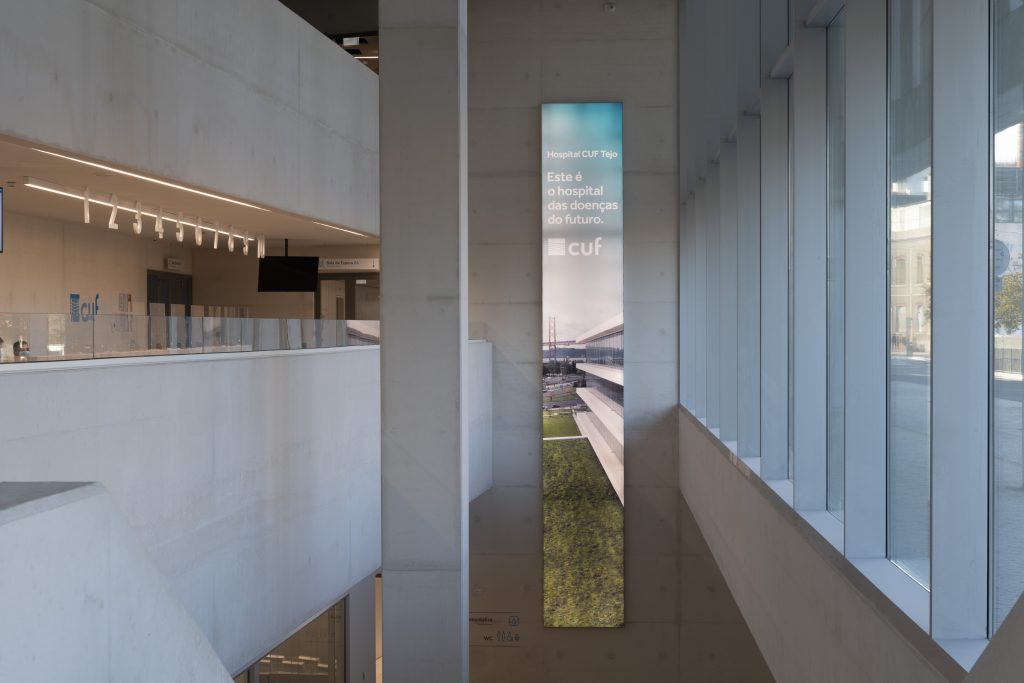Hydrotherapy
Abdominoplasty
Abdominoplasty improves abdominal contour and shape and promotes physical, mental and social well-being.


An abdominoplasty is a plastic surgery that improves abdominal contour and shape. For this:
- Removes excess vertical abdominal skin, saggy skin or stretch marks;
- Repairs dehiscence of the rectus abdominis muscles.
It is surgery frequently indicated after pronounced weight loss, namely those that happen, for example:
- After obesity surgery;
- After a pregnancy.
Meet our specialists

Plastic Surgeon
Prof Dr. Marisa Marques
Plastic Surgeon

Surgeon
Mr Paul Culpan
Trauma and Orthopaedic Surgeon
Additional Information
Classic abdominoplasty
The skin and subcutaneous cellular tissue of the lower abdomen are removed and a plication of the rectus abdominis muscles is made in the midline, with umbilical transposition. When there is no dehiscence of the rectus abdominis muscles, a rare situation, abdominoplasty does not include the muscles plication.
Classic abdominoplasty leaves a transverse scar and a peri-umbilical scar. Another scar, a vertical supra-pubic one with about 4-5 cm, may be needed when the navel is high and/or when there is a low C-section scar or there is not so much skin to remove.
The greater the amount of skin removed, the greater the scar.
Fleur-de-lis abdominoplasty
When there is simultaneously a large excess of transversal skin, there is an indication for abdominoplasty in fleur de lis.
In this case, in addition to what is done in classic abdominoplasty, a removal of transverse skin is performed, which implies a vertical scar along the entire length of the midline.
Fleur-de-lis abdominoplasty is often the procedure indicated after bariatric surgery (obesity surgery) with great weight loss.
Miniabdominoplasty
When the excess of vertical skin is small and there is no dehiscence of the rectus abdominis muscles, a miniabdominoplasty may be indicated.
In miniabdominoplasty, a partial removal of skin and subcutaneous cell tissue is performed in the lower abdomen.
This procedure leaves a transverse scar.
Abdominoplasty with plication of the rectus abdominis muscles, and umbilical disinsertion and reinsertion
If the excess of vertical skin is small and there is dehiscence of the rectus abdominis muscles, abdominoplasty with plication of the rectus abdominis muscles and umbilical disinsertion and reinsertion may be indicated.
In this procedure, a partial removal of skin and subcutaneous cellular tissue is performed in the lower abdomen, the plication of the rectus abdominis muscles and the disinsertion and reinsertion of the navel.
This procedure involves only a transverse scar.
Lipoabdominoplasty
When the abdominal fat layer is thick, it may be necessary to add abdominal liposuction and perform a lipoabdominoplasty.
Liposuction can be associated with any of the abdominoplasty procedures.
However, performing an additional simultaneous procedure, forces to consider the intervention in a different way, due to the increased risk of complications. For example, in a fleur-de-lis abdominoplasty, which is already a very invasive procedure, liposuction is often delayed.
Any surgery, or other medical intervention, has associated potential risks, of lesser or greater severity and frequency.
- In abdominoplasty, which is a procedure with a variable extension, the larger the size of the excised part (skin and subcutaneous tissue), the greater the risk of complications.
In many procedures, there are also factors that increase individual risk. In the case of abdominoplasty, they are among these factors:
- Smoking habits, which are a relative contraindication. It is advisable to quit smoking at least a few months before performing an abdominoplasty. However, although quitting smoking decreases the risk of an abdominoplasty, it will always be greater when compared to that of a non-smoker;
- Obesity, in which a body mass index (BMI) greater than 30 kg/m2, is associated with a risk of complications that, as a rule, is not offset by the benefits of the intervention;
- Contraceptives and hormone replacement therapy with estrogens increase the risk of thromboembolic events from an abdominoplasty. Therefore, whenever an abdominoplasty may be indicated, those therapies should be abolished 1 month before the intervention and should only be resumed after at least one month and under medical advice;
- Hypertension also increases the risk of an abdominoplasty, so it must be controlled in the preoperative period and be subject to increased surveillance in the postoperative period.
On average, it is only about 6 weeks after an abdominoplasty that a healing rate of 75% will have been achieved.
However, for this level of recovery to be possible, it is essential to follow the post-operative care that is indicated, during the periods stipulated by the surgeon.
These precautions refer, among others, to:
- Need for family support and absence of professional activity;
- Sleeping on the back;
- Do not expose the scars to the sun during the first year after surgery;
- Do not drive or make efforts;
- Avoid staying in places with many people and limit day-to-day activities, which can only be resumed when indicated and progressively;
- Do not take medication, take or eat any products that may be related to an increased risk of bleeding;
- Avoid travel by plane, especially long ones;
- Do not practice sports activities;
- Comply with the recommended postoperative medical follow-up.
Fast track your treatment
Get information about the treatment you are looking for. Contact us